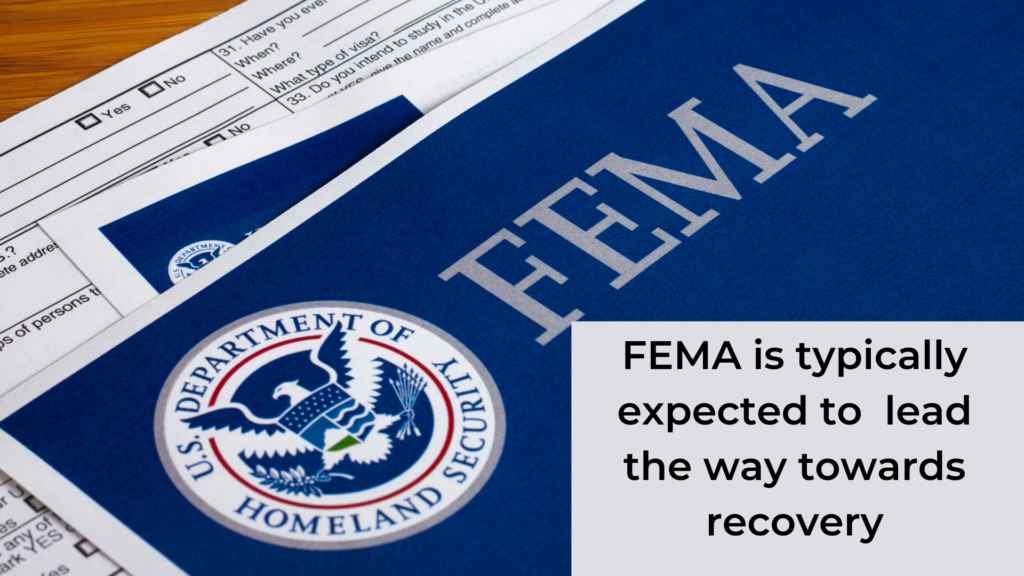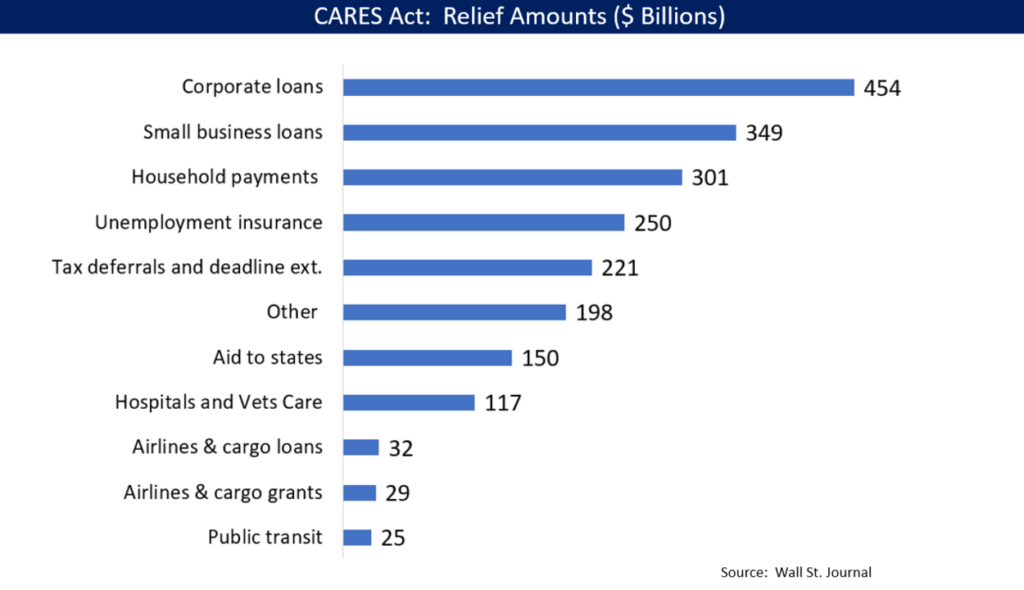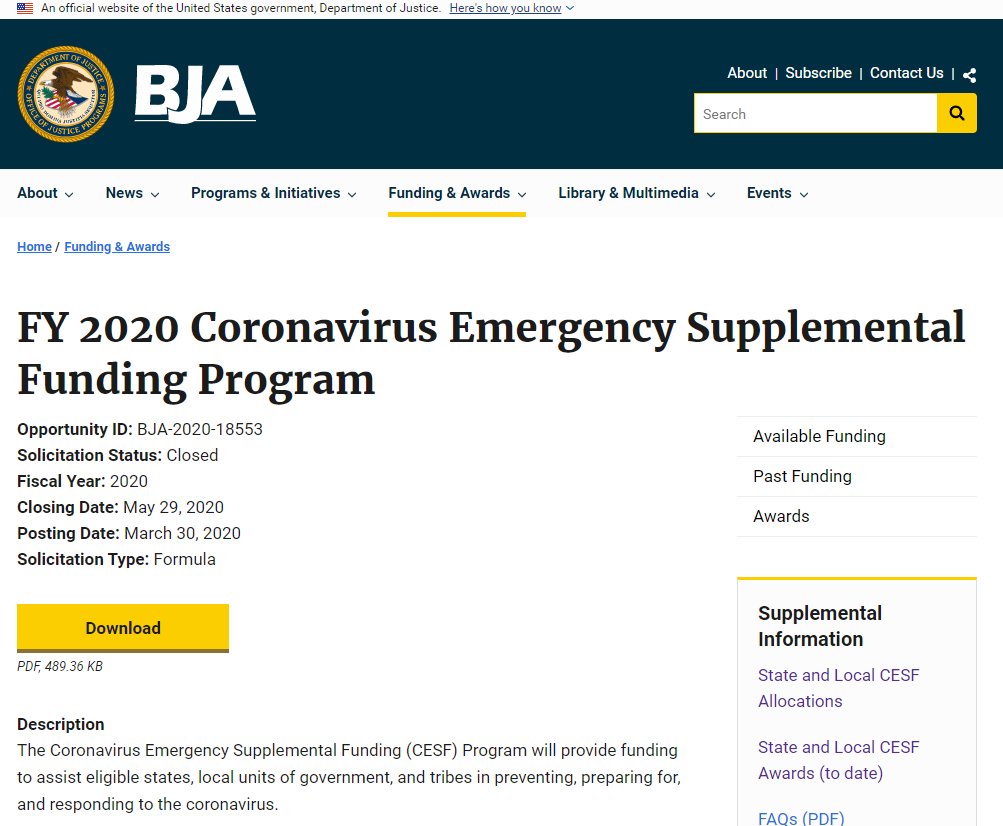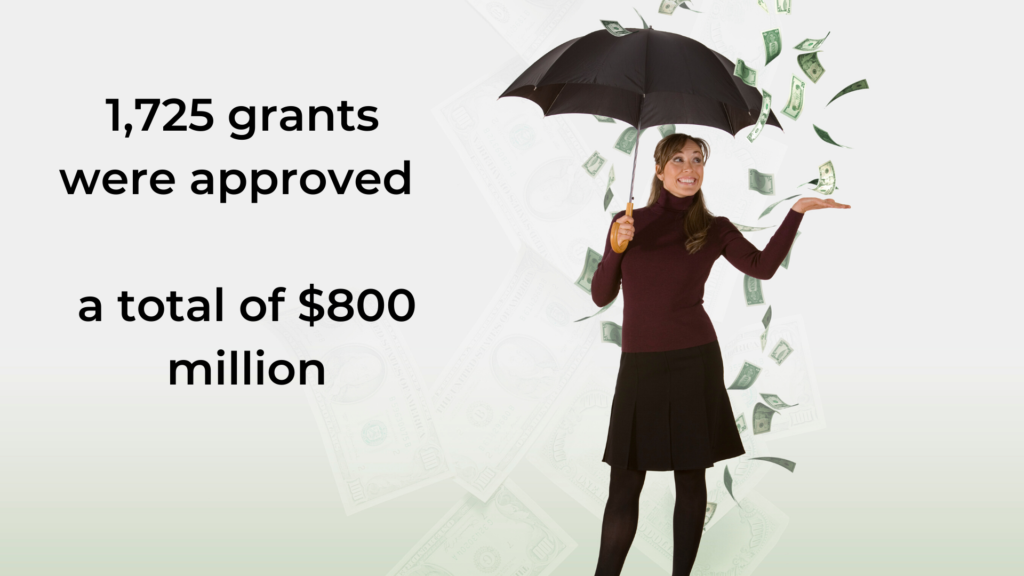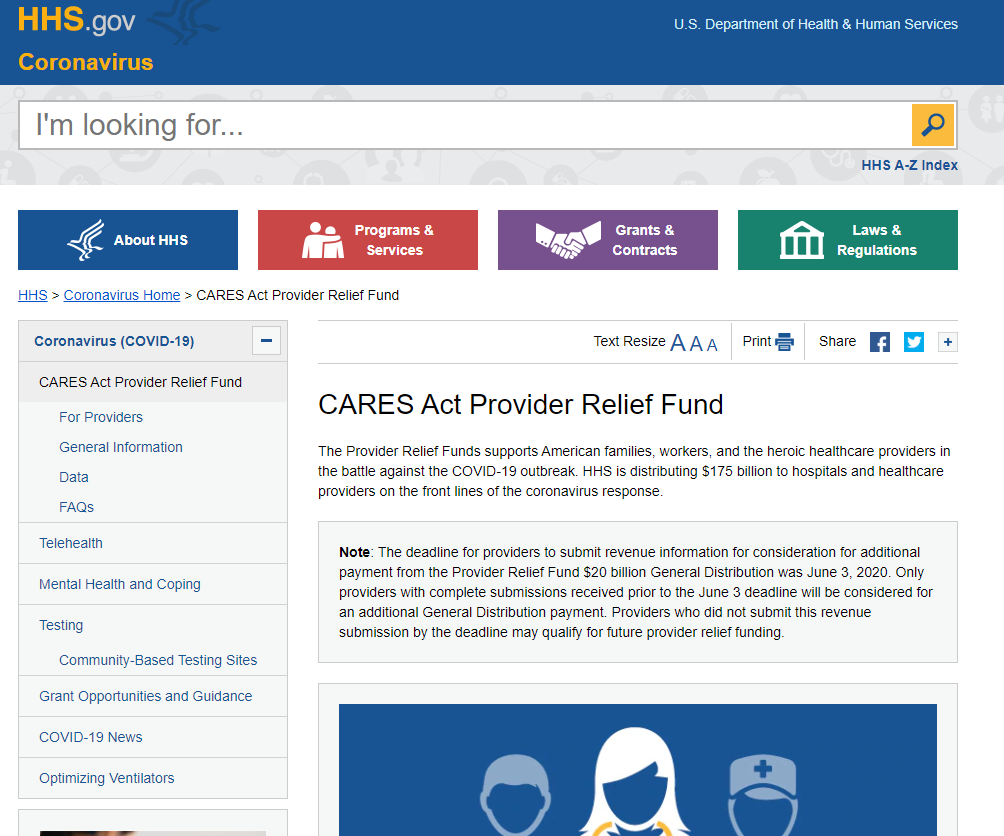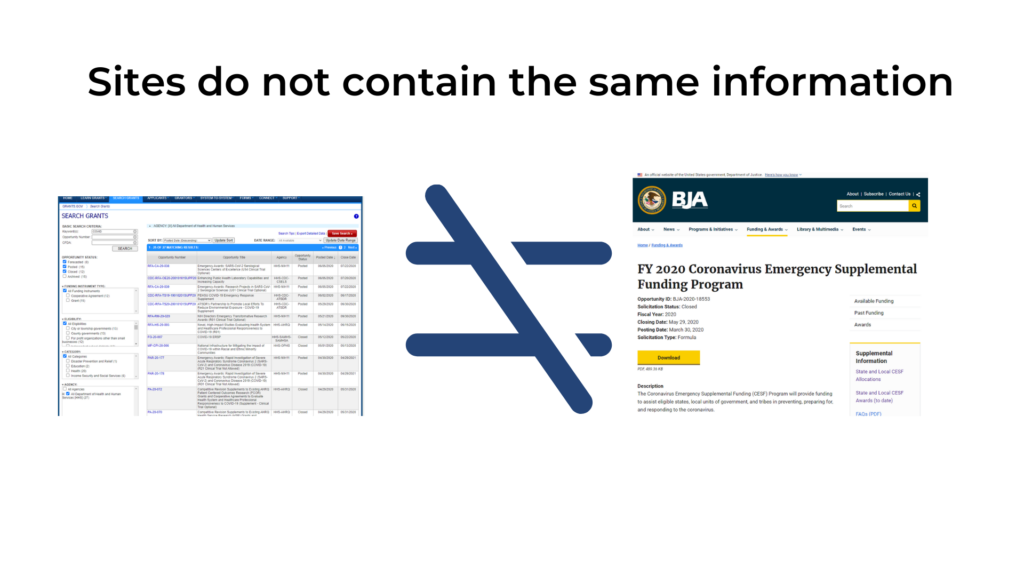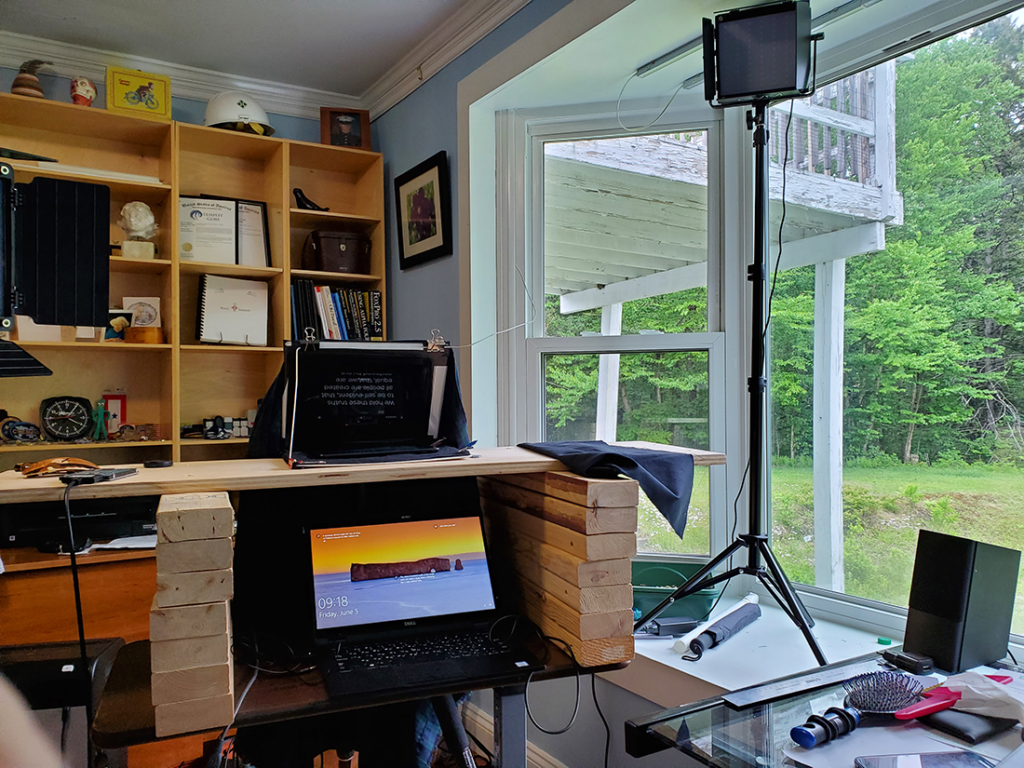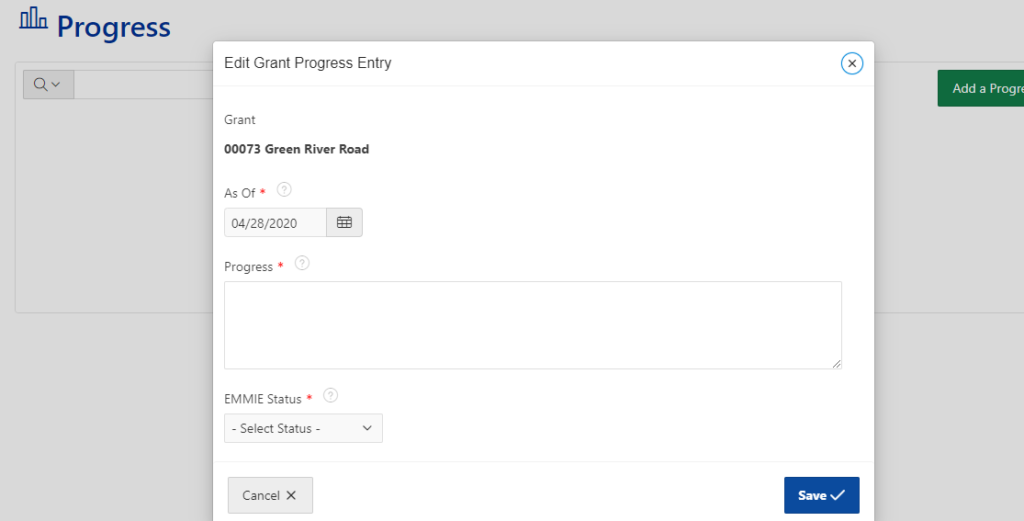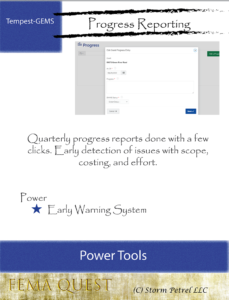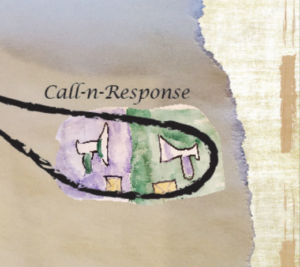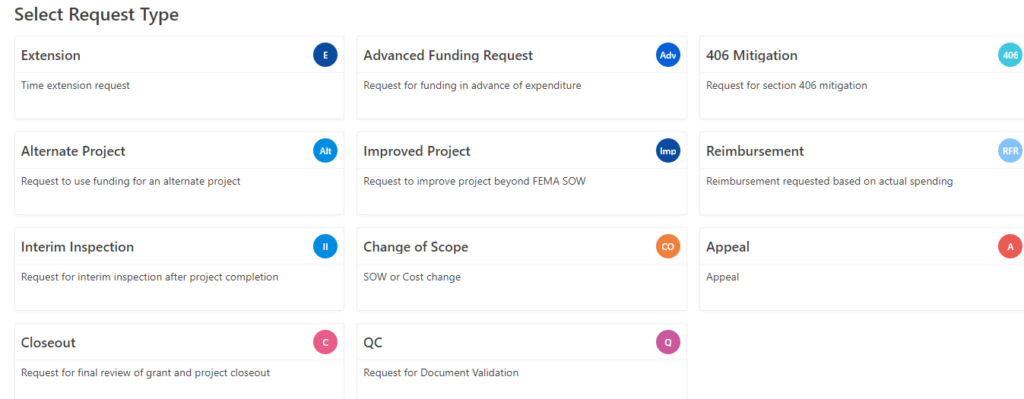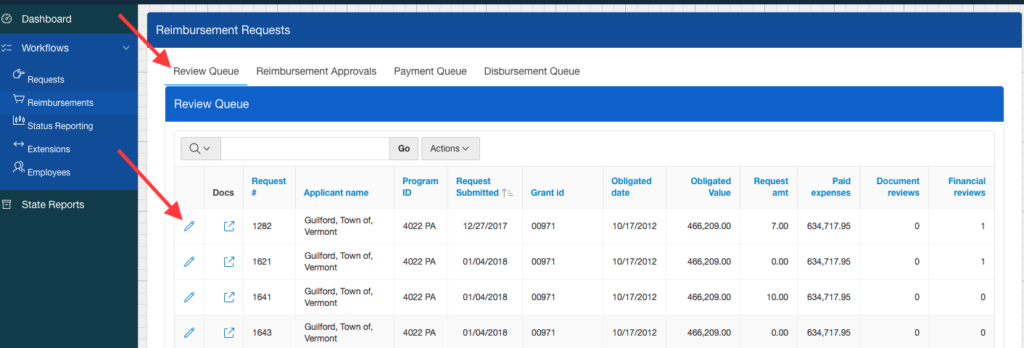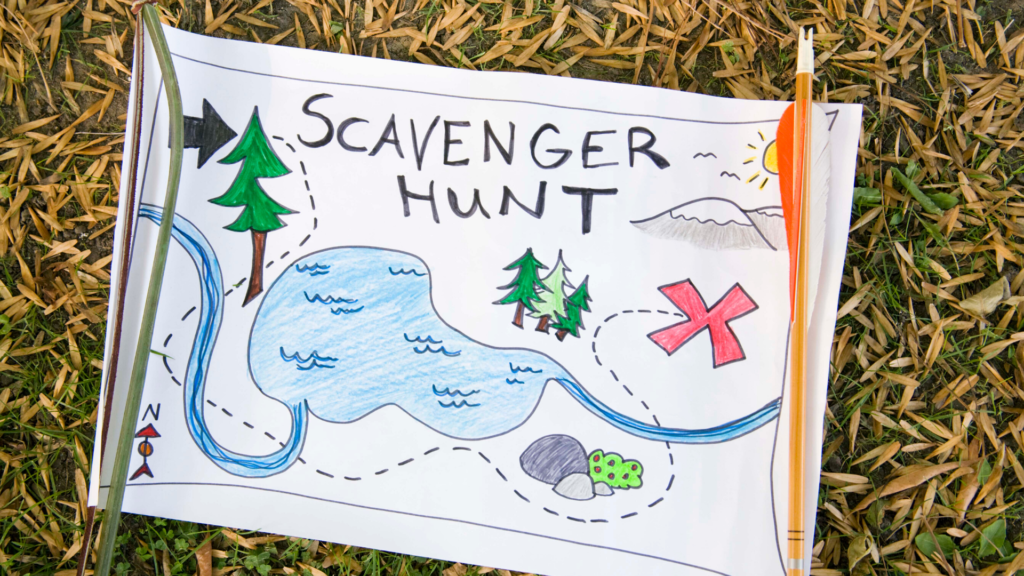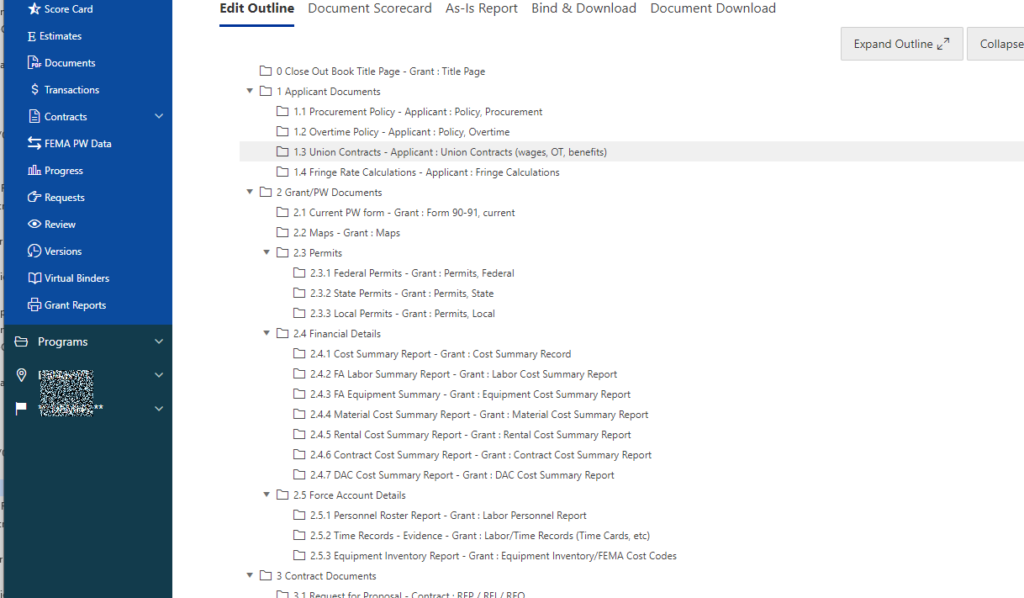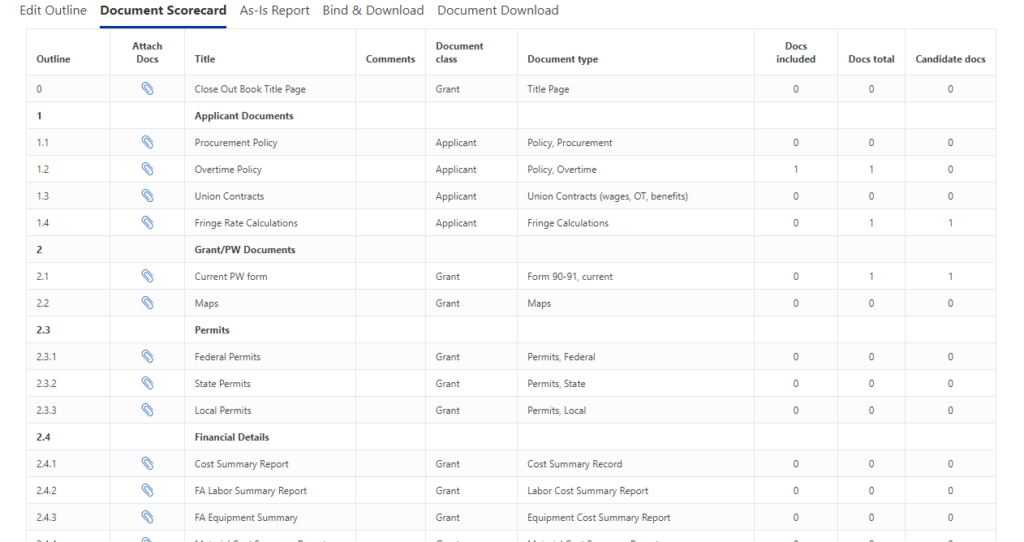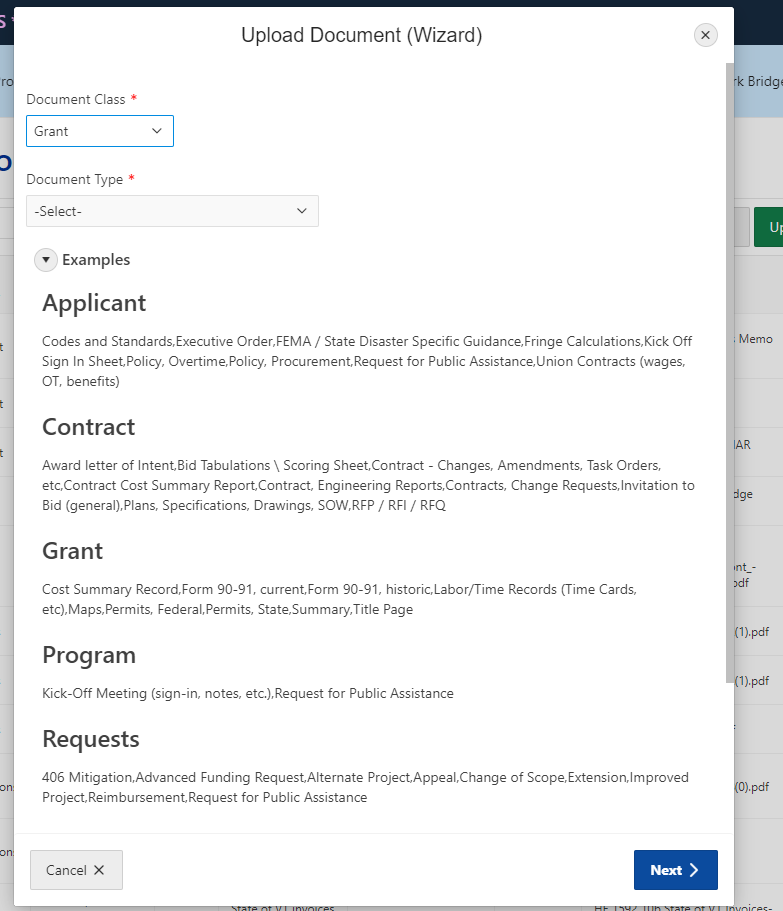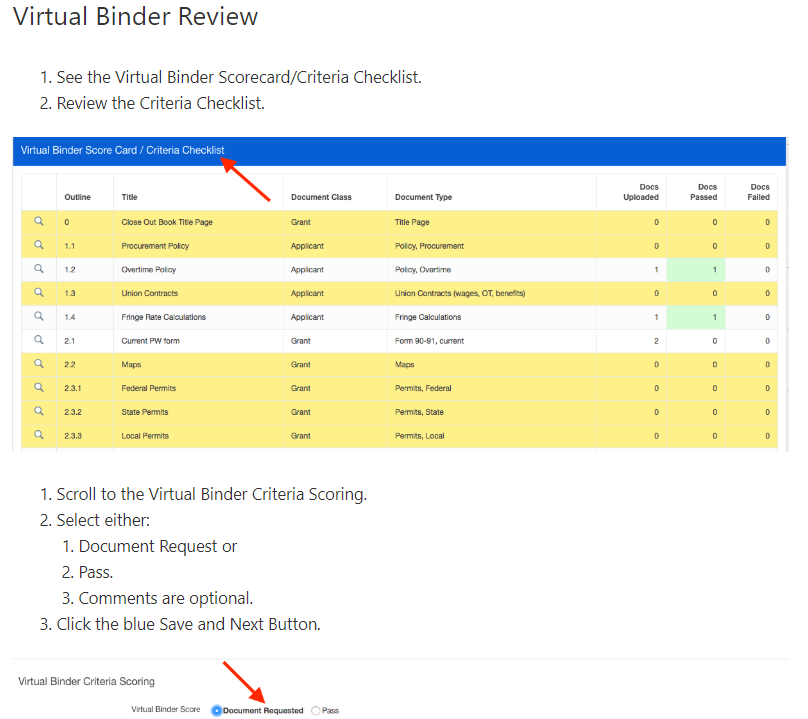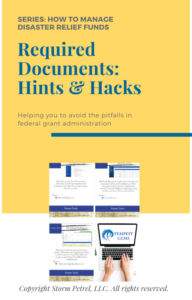https://youtu.be/RX1fljIR8Cc
In this seven minute demo, Christina Moore goes over the web-based system Tempest-GEMS for FEMA Public Assistance Grants. The demo begins by going over the dashboard and what each section shows, as well as the grants that have been added thus far. Drilling in, she demonstrates the replicated format of 90-91 grants within the software, as well as the fact that other grants can be added. Data can be traced to who added and when to ensure accuracy, as the goal with Tempest-GEMS is to provide good, clear grant and financial feedback to users throughout the system. Force Account records may also be added, along with the guideposts built into the software to offer assistance should it be needed.
Tempest-GEMS supports document uploads, which are stored in each section as well as a virtual binder to improve the score for what the grantee expects. Applicants can also add employees, and no PII is asked for or stored within the software, but unlimited payrates for each applicant.

